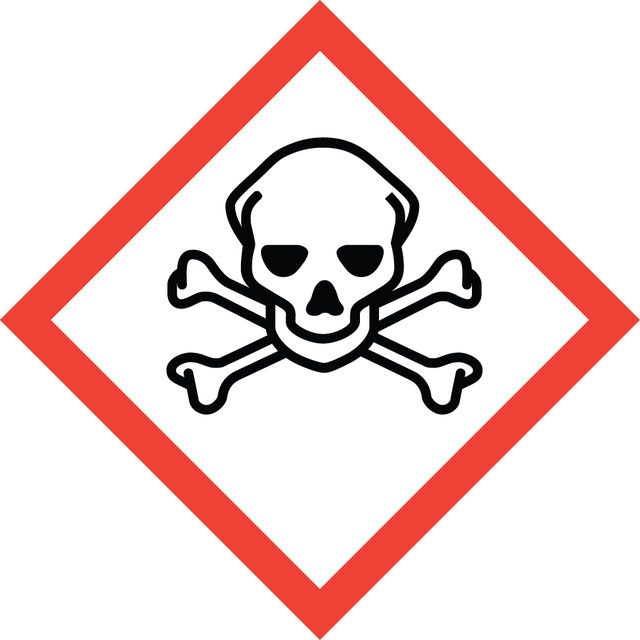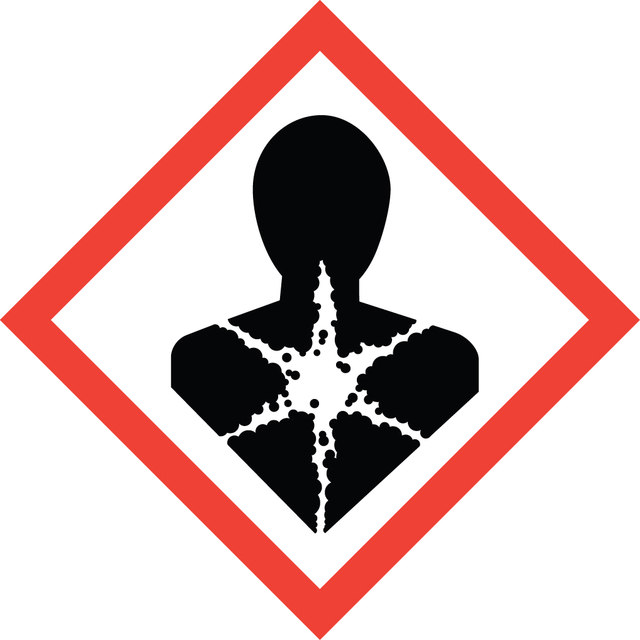推荐产品
等级
for molecular biology
质量水平
产品线
BioReagent
表单
powder
投料比
37:1 (ratio)
异质活性
DNase, RNase and protease, none detected
SMILES字符串
NC(=O)C=C.C=CC(=O)NCNC(=O)C=C
InChI
1S/C7H10N2O2.C3H5NO/c1-3-6(10)8-5-9-7(11)4-2;1-2-3(4)5/h3-4H,1-2,5H2,(H,8,10)(H,9,11);2H,1H2,(H2,4,5)
InChI key
OCQZXMCGTAWGEQ-UHFFFAOYSA-N
正在寻找类似产品? 访问 产品对比指南
一般描述
丙烯酰胺(AA)是一种神经毒素和致癌物。它存在于薯条和薯片等土豆产品和一些谷类产品。这种高反应性有机化合物能够聚合形成聚丙烯酰胺。
应用
丙烯酰胺/双丙烯酰胺已被用于制备电泳用聚丙烯酰胺凝胶。
即复溶干粉混合物精确预混合,得到 40% (w/v) 贮备液,用于蛋白质和核酸电泳。该浓度基于丙烯酰胺和双丙烯酰胺的总重量。
特点和优势
无需称量有毒丙烯酰胺和双丙烯酰胺。
重悬
为制备 100 mL A6050,向容器中缓慢加入 63 mL 蒸馏水或去离子水并溶解内容物。不要分割固体。制备 100 mL 40% 贮备液。
对于 1 L 规格,使用 630 mL 水。
对于 1 L 规格,使用 630 mL 水。
向容器中缓慢加入规定量的蒸馏水复溶,并溶解内容物。
警示用语:
Danger
危险分类
Acute Tox. 3 Oral - Acute Tox. 4 Dermal - Acute Tox. 4 Inhalation - Carc. 1B - Eye Irrit. 2 - Muta. 1B - Repr. 2 - Skin Irrit. 2 - Skin Sens. 1 - STOT RE 1 Oral
靶器官
Peripheral nervous system
储存分类代码
6.1C - Combustible acute toxic Cat.3 / toxic compounds or compounds which causing chronic effects
WGK
WGK 3
闪点(°F)
Not applicable
闪点(°C)
Not applicable
个人防护装备
Eyeshields, Faceshields, Gloves, type P2 (EN 143) respirator cartridges
法规信息
危险化学品
历史批次信息供参考:
分析证书(COA)
Lot/Batch Number
Use of potato flour in bread and flat bread
Flour and Breads and Their Fortification in Health and Disease Prevention, 247-259 (2011)
Genetic diversity analysis of Rhodothermus reflects geographical origin of the isolates
Petursdottir SK, et al.
Extremophiles : Life Under Extreme Conditions, 4(5), 267-274 (2000)
Acrylamide: a common food toxin related to physiological functions and health
Semla M, et al.
Physiological Research, 66(2), 205-205 (2017)
我们的科学家团队拥有各种研究领域经验,包括生命科学、材料科学、化学合成、色谱、分析及许多其他领域.
联系技术服务部门



